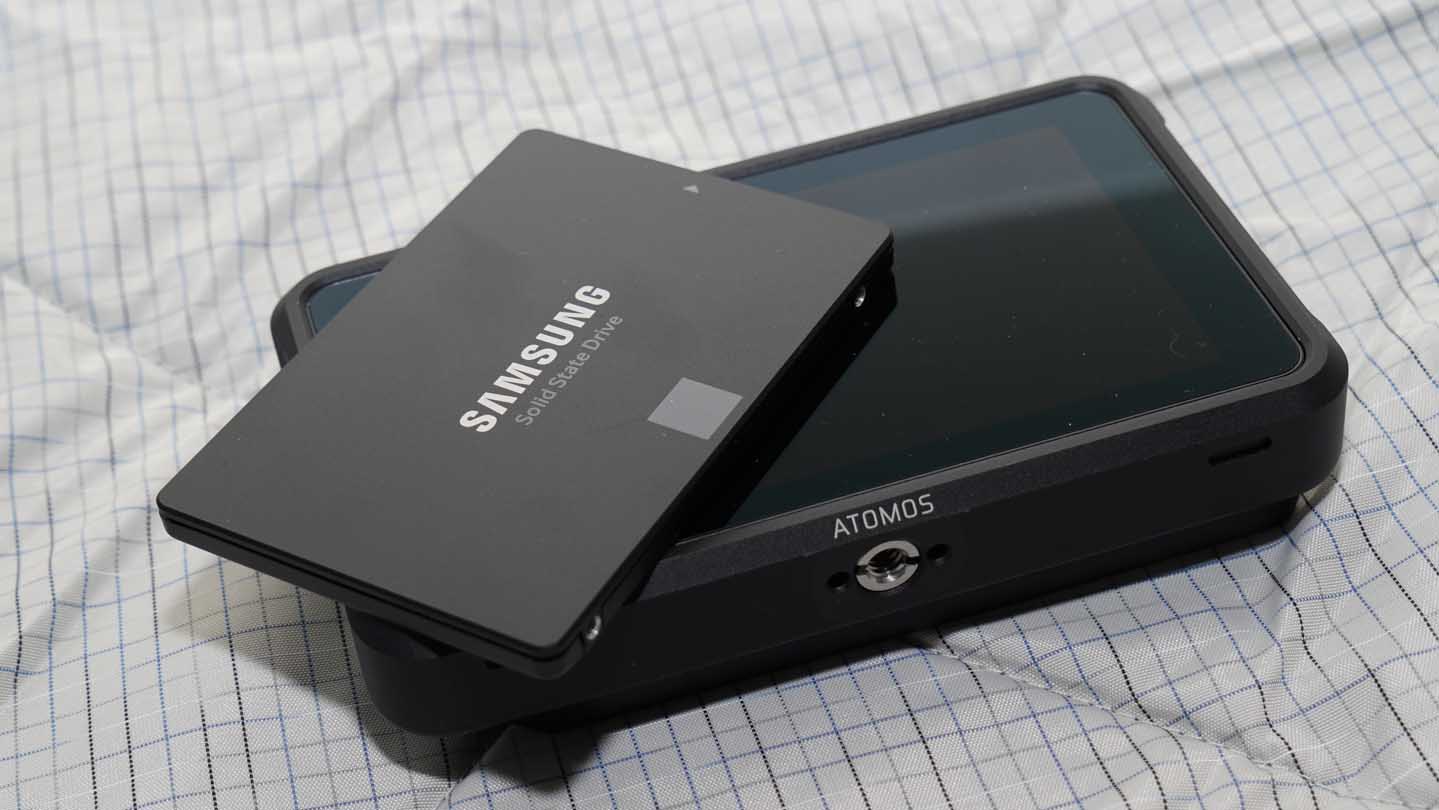Storage is being put under greater demands than ever before, both in terms of speed and capacity.
Samsungs latest release the Samsung EVO 4TB is closely related to the excellent QVO drive that I looked at a couple of months back.

The difference? Price, for one thing, the EVO elevates the price point per TB. This price hike is down to service life and the drives ability to maintain performance under load. Put in simple terms the cheaper, but still not that cheap, Samsung 870 QVO drive is designed as fast mass storage and the EVO as ultra-fast working storage.
While the QVO has capacity and speed, as well as a service life that will inevitably outlast older optical equivalents, the EVO takes that performance and endurance up a step. It’s designed to provide performance and reliability over years. This difference in the two drives all comes down to the MLC of each drive. The QVO has a 4-bit MLC while the EVO has 3-bit and the older 860 Pro features 2-bit.
Traditional thought would say that the higher the bit, the better the performance, and to some degree, that’s true. But the higher bit value also draws more power and is less stable. So the lower 3 and 2-bit solutions offer better reliability and overall performance when a drive is used for sequential writing applications such as DaVinci Resolve and Premiere Pro.
Therefore looking at the specification, it might seem that the EVO is matched to the QVO, especially when it comes to transferspeeds but then the lower MLC value means that it should perform better when it comes to sequential writes.






